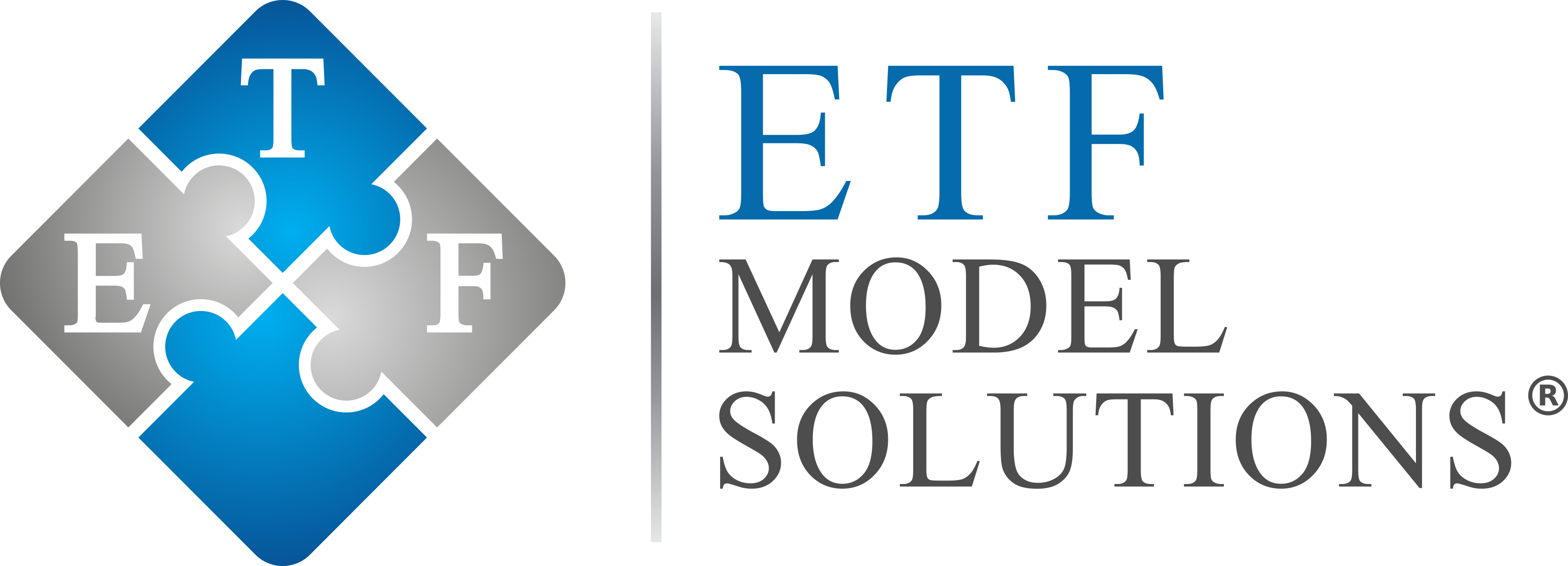Given the large amounts of money flowing into target date funds, more effort by plan sponsors and participants should be devoted to understanding the methodology that the managers of the funds are using to manage the “glide path” of the fund. The reason that TDFs are so popular is because of the belief that these are “set it and forget it” funds that the underlying managers are taking care of everything and reducing the risk as the funds get closer to the “target date”. While this may be true, the fact is, not all target date funds are the same. For example, some may be managed “to” the target date, and other funds are being managed “through” the target date. What exactly does that mean? For funds being managed “to” the target date, they are becoming more conservative (typically more bonds) as the fund nears the target date. For “through” managed TDFs, they make the assumption that the retiree will live 20-30 years beyond the target date and will need the fund as a source of income over that time. Therefore, these funds typically include more equity investments around the target date.
More on this topic can be gathered in a recent article titled Despite Go-To Status, TDFs Remain An Investment Mystery To Participants (Employee Benefit Adviser, 6/22/15). The article also discusses “sequential risk”, or the risk of a market decline right around the time of their retirement. Being over-weighted to equities at this critical juncture may force delayed retirement, or significantly change a participant’s retirement plans. The article labels “sequence of returns risk” as the greatest risk of a TDF account.
We think there’s a better option—-rather than to try to guess the appropriate allocation between stocks and bonds at any particular age, implement an endowment approach and build a globally-diverse, multi-asset allocated portfolio that seeks to sustain wealth. By lessening the weight on both stocks and bonds, and allocating those portions of the portfolio to alternatives, endowments have been able to reduce their portfolio volatility and improve their long-term risk-adjusted returns. That doesn’t make endowments, or your retirement plan immune from market downturns. However, it’s certainly an alternative approach to a TDF, especially for participants with concerns over equity valuations, the long-term outlook for interest rates, or , as mentioned above, sequence of returns risk.
